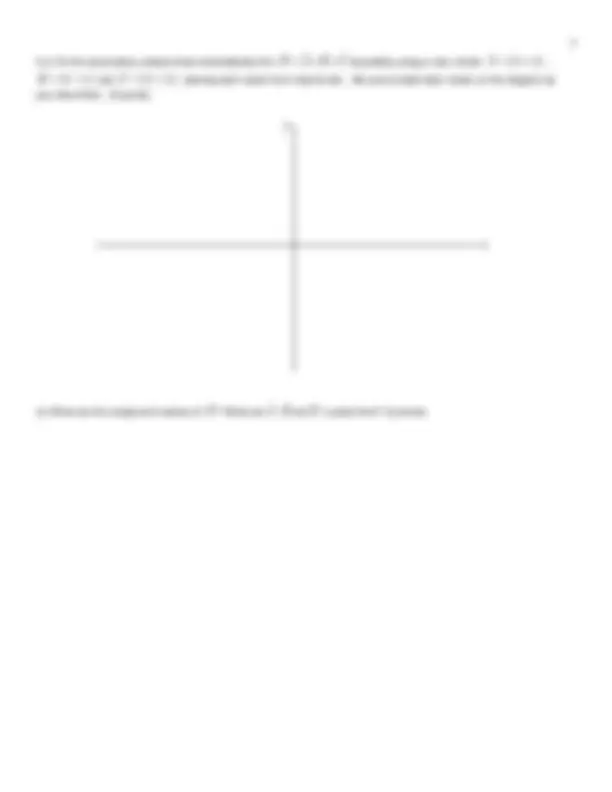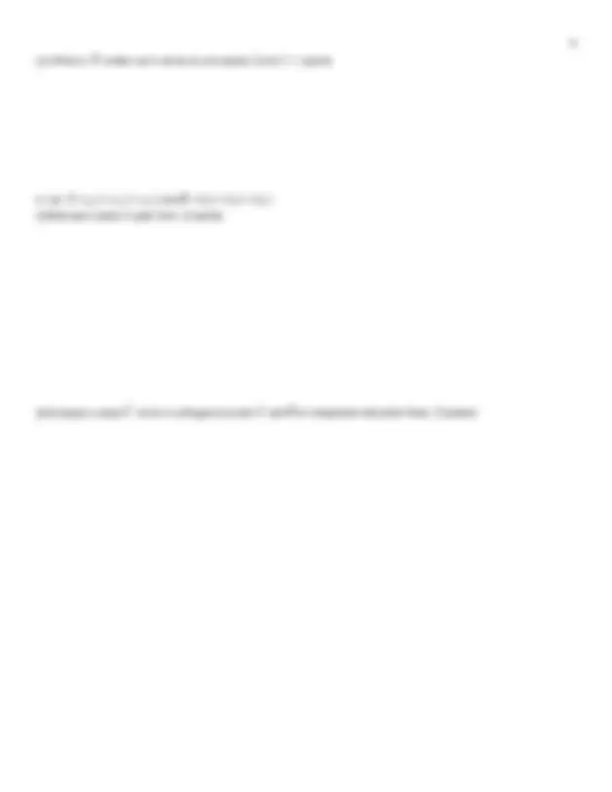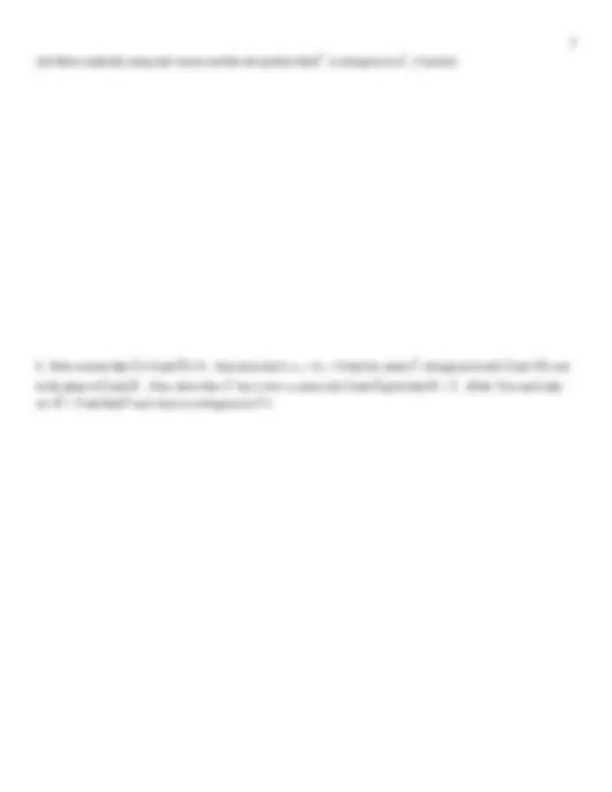





Study with the several resources on Docsity

Earn points by helping other students or get them with a premium plan


Prepare for your exams
Study with the several resources on Docsity

Earn points to download
Earn points by helping other students or get them with a premium plan
Community
Ask the community for help and clear up your study doubts
Discover the best universities in your country according to Docsity users
Free resources
Download our free guides on studying techniques, anxiety management strategies, and thesis advice from Docsity tutors
Material Type: Assignment; Professor: Komp; Class: HON: INTRO MECH HEAT & SOUD S; Subject: Physics & Astronomy; University: University of Louisville; Term: Spring 2005;
Typology: Assignments
1 / 5

This page cannot be seen from the preview
Don't miss anything!




298 HW01 (Questions 1-5)
Due in Lecture on 01/26/ NAME________________________________________________________ (please print)
(ii) Suppose we create a funny system of units based on the velocity of light, c. IN this system of units, we want all velocities to be dimensionless. What are the dimensions of the two remaining observationally defined physical observables? What is the conversion from units of time to length in SI units? In Imperial units? (Note: c=3E8 m/s in SI units and 1
inch=2.54 cm.) Suppose we have a quantity that is defined by 2 2
T = 1 mv. What are the dimensions of this quantity and
what are the units in the funny system of units? (3 points)
(iii) What is D
r written out in terms of unit vectors x ˆ^ and y ˆ? ( 1point)
r and B = b 1 x ˆ^ + b 2 y ˆ+ b 3 z ˆ
r . (i)Write each vector in polar form. (2 points)
(ii)Compute a vector C
r which is orthogonal to both A
r and B
r in component and polar form. (5 points)
(iii) Show explicitly using unit vectors and the dot product that C
r is orthogonal to A
r
. (3 points)
r and B ≠ 0
r
. Now show that if a (^) 3 = b 3 = 0 that the vector C
r orthogonal to both A
r and B
r is not
in the plane of A
r and B
r
. Also, show that C
r lies in the x-y plane with A
r and B
r given that B A
r r =. (Hint: You need only set B A
r r = and find C
r such that it is orthogonal to A
r !)